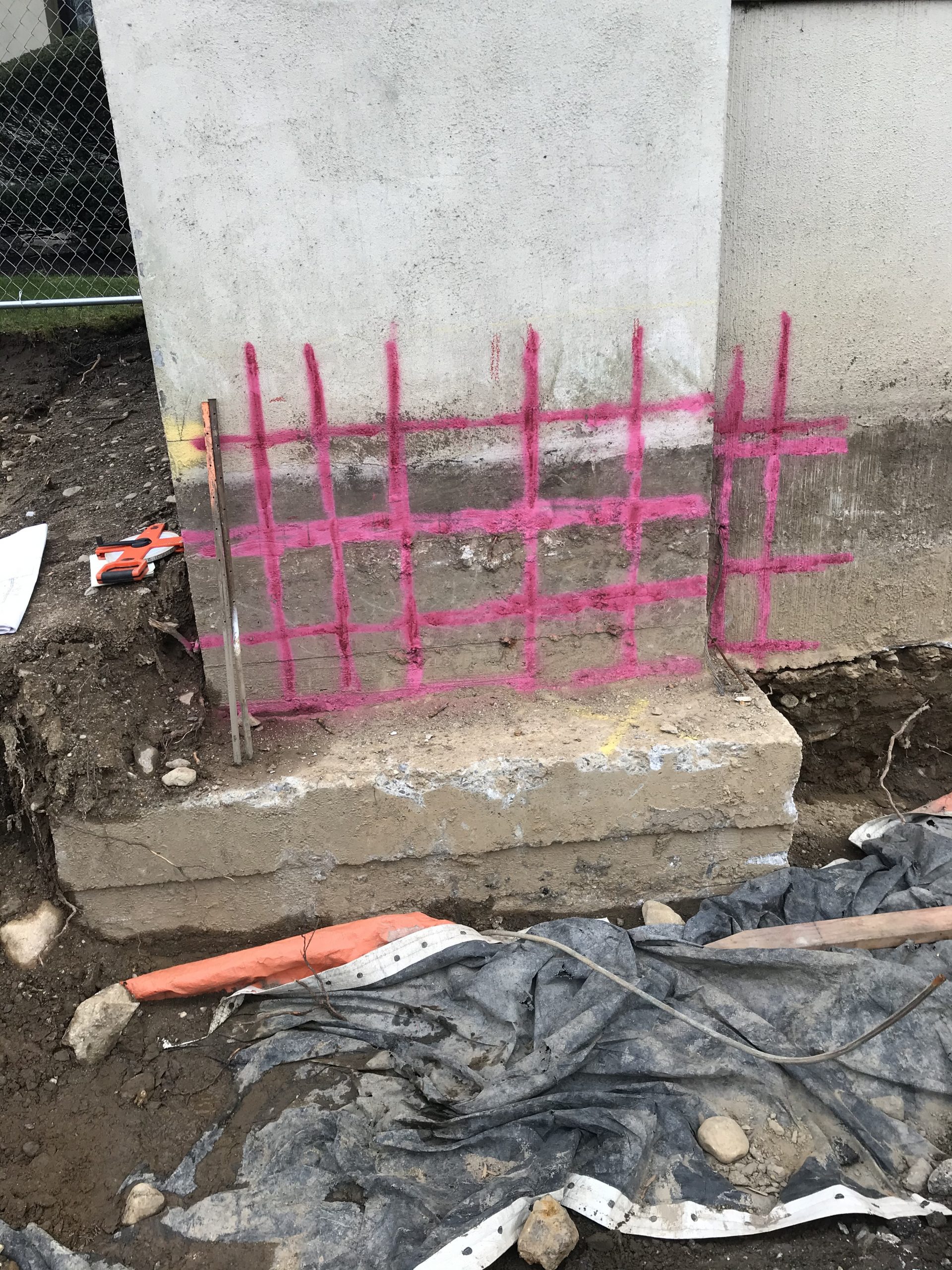Precision and Precision in Concrete Scanning Solutions
Precision and Precision in Concrete Scanning Solutions
Blog Article
Introduce the Transformative Power of Concrete Scanning in Optimizing Effectiveness and Safety
Concrete scanning has become an important tool in the building industry, using exceptional benefits in boosting job efficiency and making sure security standards. By utilizing innovative technology, concrete scanning permits experts to see past the surface area, discovering covert complexities that can affect the architectural honesty of a structure. The transformative power of concrete scanning exists in its capacity to give real-time information and detailed insights, reinventing how jobs are intended and carried out. As we look into the ins and outs of this cutting-edge strategy, a world of opportunities opens up, showcasing a brand-new period of building methods that prioritize precision and security.
Significance of Concrete Scanning
Making sure the structural stability and security of construction jobs starts with the vital step of carrying out thorough concrete scanning. Concrete scanning is a non-destructive technique made use of to identify and map subsurface components within concrete frameworks. This process is necessary in determining possible dangers, such as rebar, post-tension cable televisions, and avenues, that might be hidden within the concrete. By using advanced modern technologies like ground-penetrating radar (GPR) and electro-magnetic induction, construction groups can accurately situate these aspects without causing any kind of damage to the structure.
Additionally, concrete scanning aids in enhancing task timelines and spending plan by avoiding unanticipated expenses and delays that might arise due to unforeseen obstructions within the concrete. Ultimately, investing in thorough concrete scanning is a proactive strategy that boosts both effectiveness and security in building projects.
How Concrete Scanning Works
Concrete scanning operates as an essential device in construction projects by utilizing sophisticated modern technologies to discover and map subsurface components without creating structural damage. Ground Permeating Radar (GPR) and Electromagnetic Induction (EMI) are 2 primary methods utilized in concrete scanning.
Throughout the scanning procedure, the data gathered is assessed in real-time, allowing instant recognition of potential dangers or obstacles underneath the surface area. By using these sophisticated modern technologies, concrete scanning significantly reduces the threat of costly damages and injuries on building websites.
Advantages of Concrete Scanning
Using advanced scanning innovations in building projects provides a multitude of benefits, improving both efficiency and safety and security on-site. Among the primary benefits of concrete scanning is the capacity to find and find embedded items such as rebar, post-tension cable televisions, and channels accurately. By recognizing these components before boring or reducing right into concrete frameworks, the danger of unexpected strikes is dramatically lowered, avoiding possible injuries to workers and damage to the framework itself. In addition, concrete scanning assists in preparation and developing much more effectively, as it gives precise details concerning the area and depth of architectural components.

Situation Research Studies: Concrete Scanning Success

In one more instance, a construction business used 3D concrete scanning to analyze the condition of aging concrete structures in a historic building. The in-depth scans given important insights into the degree of deterioration see this website and assisted prioritize maintenance initiatives properly. By proactively resolving areas of issue identified through scanning, the company was able to extend the life-span of the structure and ensure owner safety.
These situation studies underscore the transformative power of concrete scanning in improving effectiveness, accuracy, and security in building and construction tasks.
Executing Concrete Scanning in Projects
Implementing advanced scanning modern technologies during construction tasks has become significantly essential for boosting precision and safety and security. By incorporating concrete scanning into task planning and execution, construction groups can recognize possible dangers, such as rebar or post-tension cable televisions, hidden within concrete frameworks. This proactive approach decreases the threat of crashes, hold-ups, and pricey rework, eventually bring about more efficient job timelines and budget plans.
To carry out concrete scanning properly, task managers ought to work together carefully with seasoned scanning professionals to determine one of the most ideal scanning strategies for the certain job requirements. Involving scanning specialists from the early phases of a job makes it possible for the team to produce thorough scanning plans that attend to key areas of worry and ensure complete information collection.
Furthermore, including concrete scanning into routine task process can simplify decision-making processes, as real-time scan information provides prompt understandings right into the condition of concrete frameworks - Concrete Scanning. This data-driven approach helps with educated problem-solving and makes it possible for teams to make modifications promptly, fostering a culture of performance and safety and security throughout the task lifecycle

Conclusion
Finally, concrete scanning plays an essential role in boosting effectiveness and safety and security in construction tasks. By utilizing innovative innovation to map and find out Going Here underlying frameworks within concrete, this process aids to avoid pricey errors, make certain structural stability, and minimize dangers on website. With the capability to reveal concealed components and offer exact information, concrete scanning proves to be a useful tool for maximizing project outcomes and making the most of general success.
Concrete scanning is a non-destructive approach used to find and map subsurface elements within concrete structures. In addition, concrete scanning helps in optimizing job timelines and budget plan by avoiding unanticipated expenses and hold-ups that might occur due to unanticipated obstructions within the concrete. One significant case research study entails a large restoration job where concrete scanning played a vital role in making certain project success.In an read additional case, a construction firm made use of 3D concrete scanning to evaluate the problem of aging concrete frameworks in a historic structure. By incorporating concrete scanning right into project planning and execution, construction teams can determine potential risks, such as rebar or post-tension cords, concealed within concrete frameworks.
Report this page